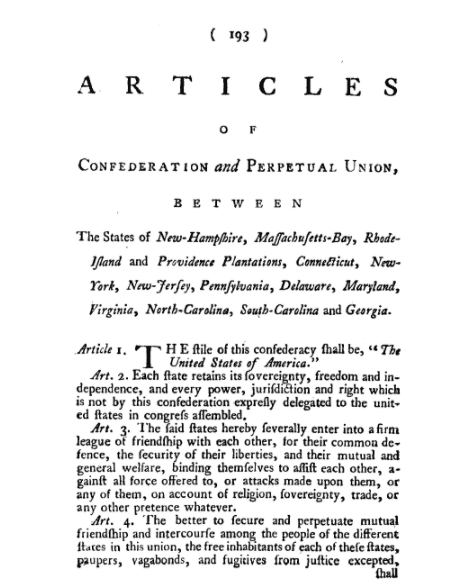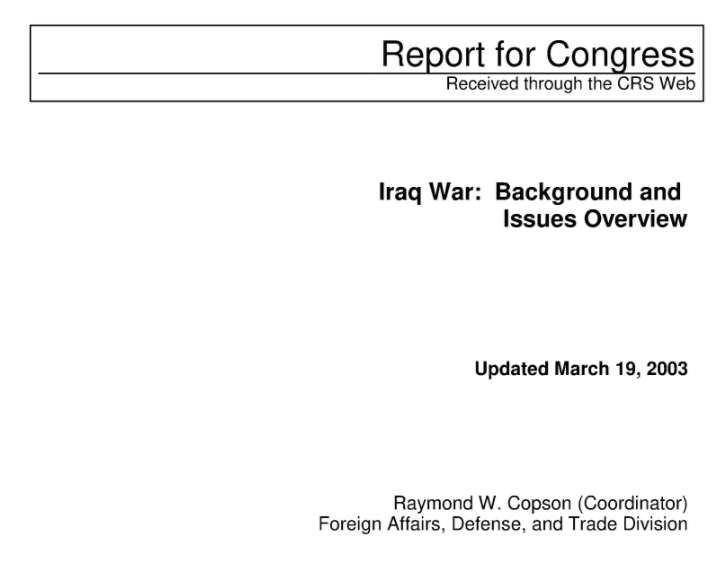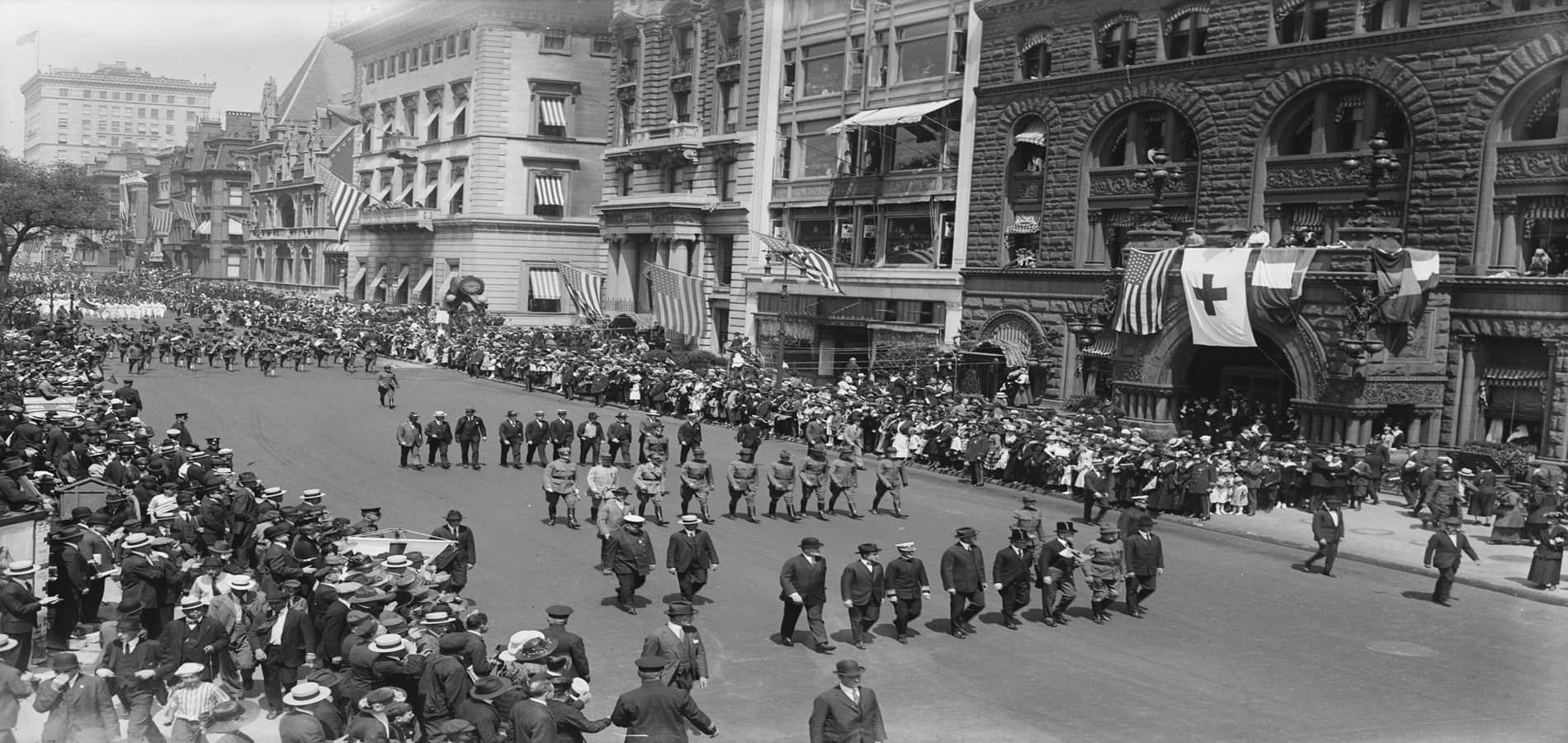Ah, March—for many, synonymous with “spring,” although not quite here for us at Hein headquarters in Buffalo, N.Y.
There’s actually quite a few notable events that have taken place during this month over the centuries. On this last day of March, let’s look at 10 of them.
1. Ratification of the Articles of Confederation
The Articles of Confederation were passed on November 15, 1777 after more than a year of debate. Still, they would not be ratified for almost four more years due to land disputes between various states—particularly Maryland and Virginia. By March 1, 1789, the document was finally proclaimed the law of the land after the one holdout, Maryland, agreed to ratification. The first constitution of the United States of America, the Articles outlined the practice and procedure of the government of the United States until they were replaced with the current U.S. Constitution in 1789.
Read more about the evolution of the U.S. Constitution in this blog post.

2. The Establishment of the Peace Corps
Following the devastation of World War II, John F. Kennedy—then a representative from Massachusetts—theorized that “young college graduates would find a full life in bringing technical advice and assistance to the underprivileged and backward Middle East.” In 1952, Senator Brien McMahon of Connecticut suggested creating an “army” of young American men and women who would be charged with the mission of bringing democracy to other countries. 1957 saw the first bill to create such a “Peace Corps” from Senator Hubert H. Humphrey, Jr. of Minnesota.
Three years later, during his presidential campaign, John F. Kennedy referenced the idea again in a speech to the University of Michigan. On March 1, 1961, President Kennedy signed Executive Order 10924, establishing the Peace Corps as a Department of State agency. Since its establishment, more than 235,000 Americans have joined the Peace Corps, volunteering with international governments, schools, non-profits, and entrepreneurs in nearly every country in the world and all manner of industries.
3. FDR’s “Fear Itself” Speech
The late 1920s and the 1930s witnessed the longest and most severe economic downturn the industrialized Western world has ever seen. Brought about by numerous factors—including a four-day stock market crash, banking panic and failures, and the use of the gold standard—the Great Depression caused a substantial decline in employment, wealth, output, gross domestic product (GDP), and more in numerous countries across the globe.
In the midst of this crisis, Franklin D. Roosevelt was inaugurated as the 32nd President of the United States. On March 4, 1933, he offered 20 minutes of reassurance, hope, and promises for urgent action in his first inaugural address, offering the now famous line: “… the only thing we have to fear is … fear itself …”
Discover other inspiring presidential speeches in this blog post.
4. The Boston Massacre
In the early 1600s, the Kingdom of England began establishing its first permanent colonies in the Americas. Over the years, however, colonists grew increasingly discontented with British rule. Without representation in Parliament, they felt that taxes and other laws undermined their constitutional rights. The Massachusetts Bay Colony felt the brunt of the increasingly heavy taxation as England entered the French and Indian War in the 1750s, leading to colonist resistance in its capital, Boston, in particular.
The instability in Massachusetts led British leaders to send forces to Boston as a precaution. On March 5, 1770, a Boston mob began to heckle and verbally abuse British sentries. The conflict escalated and the soldiers fired, killing five and wounding seven others. The Boston Massacre and later events like the Boston Tea Party illustrate the deteriorating relationship between Britain and its colonies that culminated in the American Revolutionary War.
Brush up on your knowledge of the Boston Tea Party and its role in the Revolution in this blog post.
5. Churchill’s “Iron Curtain” Speech
With the fall of Nazi Germany at the end of World War II, Western powers and the Soviet Union sought to establish systems of government in their respective occupied regions. Though the Soviet Union had been considered an ally during the war, UK Prime Minister Winston Churchill criticized the nation’s policies to control Eastern Europe.
In his “Sinews of Peace” address on March 5, 1946, Churchill famously said: “From Stettin in the Baltic to Trieste in the Adriatic, an iron curtain has descended across the Continent”—a comment that is now seen as one of the first “announcements” of the beginning of the Cold War. Ultimately, the symbolic “iron curtain” would be realized in part by the Berlin Wall, a barrier on the inner German border that restricted movement and emigration westward from Eastern Europe.
Continue learning about the Cold War with this blog post on the Cuban Missile Crisis.
6. The Spanish Flu Comes to America
During World War I, an unprecedented influenza pandemic known as the “Spanish flu” swept the globe. The exact source of the flu is debated, but many experts agree that the mobilization of either troops or wartime laborers contributed to the outbreak of the disease. In March of 1918, the flu reared its head in America when more than 100 soldiers fell sick at Fort Riley, Kansas. Known today as the deadliest pandemic in world history, the Spanish flu infected approximately 27% of the world’s population and killed millions.
Coincidentally, the month of March is also when COVID-19 was first declared a pandemic, triggering the first lockdowns in the United States. Travel back in time to where it all began (and research past pandemics along the way) in this blog post.
7. The War in Iraq Begins
Following the September 11th attacks in 2001, President George W. Bush’s administration actively considered an invasion of Iraq, though a relationship between Iraqi President Saddam Hussein and al-Qaeda (the terrorist group responsible for the attacks) was unverified. On March 19, 2003, the U.S. launched its first attack to remove the dictator Hussein from power, starting with aerial strikes in Baghdad, followed by a full-on invasion by troops on the ground. Baghdad was conquered just over 20 days later, and Saddam Hussein’s rule was over.

8. The Philippines Gains Independence
After the sinking of the U.S.S. Maine in Cuba, President William McKinley asked Congress for the authority to send U.S. troops to the island. Two days later, the Spanish-American war officially began. America’s strategy included seizing Spanish colonies in both the Atlantic and the Pacific—namely, Cuba, Puerto Rico, the Philippines, and Guam. When Spain finally surrendered, these territories were officially acquired by the United States. After decades of Filipino resistance that included the Philippine-American War, the Philippine Independence Act officially established the process for the colony to become an independent country on March 24, 1934.
America’s other acquisitions during the Spanish-American War saw different outcomes. For example, learn about the history of Puerto Rico, its American acquisition, and its status as a commonwealth in this blog post.
9. The Three Mile Island Accident
In March of 1979, a nuclear reactor from the Three Mile Island Nuclear Generating Station (Pennsylvania) experienced a partial core meltdown resulting in a radiation leak. Hitting a “five” on the 7-point International Nuclear Event Scale, the accident was the most significant in the history of U.S. nuclear power.
Commercial nuclear power plants were established in the 1950s as a lower-cost, environmentally-friendly alternative to other forms of power that burn fossil fuels such as coal, oil, and natural gas. Following the Three Mile Island incident, nuclear power became a hot topic debate between those concerned for the environment and those wary of the potential damage, cost, and health risks involved.
The flame of anti-nuclear power activism was fanned further nearly a decade later with the Chernobyl disaster. Learn about the Chernobyl explosion, the nuclear power debate, and U.S. nuclear energy policies in this blog post.
10. The Reagan Assassination Attempt
On March 28, 1981, John Hinckley Jr. read in the Washington Star that President Ronald Reagan would be at the Washington Hilton in two days’ time. He wrote a letter to actress Jodie Foster, with whom he was infatuated, stating his plan to murder Reagan and his hope that this grand gesture would impress her. Come March 30, Reagan entered the hotel without worry, as the venue was known for its secure passageway, the “President’s Walk” (built after the assassination of John F. Kennedy).
After delivering an address, the President returned through the secure passageway and made his way to the limousine that awaited. A roped-off crowd applauded the President as he passed by—but one of its members was Hinckley, non-suspicious and merely fifteen feet away from his target. He fired six shots, five of which hit members of Reagan’s group and the limousine. The final bullet ricocheted off the limousine and hit Reagan under his left arm, stopping just 25mm from his heart. Reagan was taken to George Washington University Hospital where the bullet was surgically removed. Hinckley was found “not guilty by reason of insanity” and placed in a mental hospital until his release in 2016.
There have been many attempts and plots to assassinate the President of the United States. Four presidents have been killed in office—Abraham Lincoln, James A. Garfield, William McKinley, and John F. Kennedy, the latter being perhaps the most famous. Read all about the Kennedy assassination and its aftermath in this blog post.

See Research Come to Life with the HeinOnline Blog
On the HeinOnline Blog, we collect and curate the wide-ranging multidisciplinary content found in our platform into informative, engaging, subject-specific posts for your enjoyment. The stories we tell utilize the richness of HeinOnline’s digital library, contextualizing moments in history, world-changing innovations, transformative social movements, and more—all by linking directly to dozens of HeinOnline’s primary and secondary sources on the topic.
Don’t miss out on this essential HeinOnline resource. Subscribe today to receive blogs like these right to your inbox.



